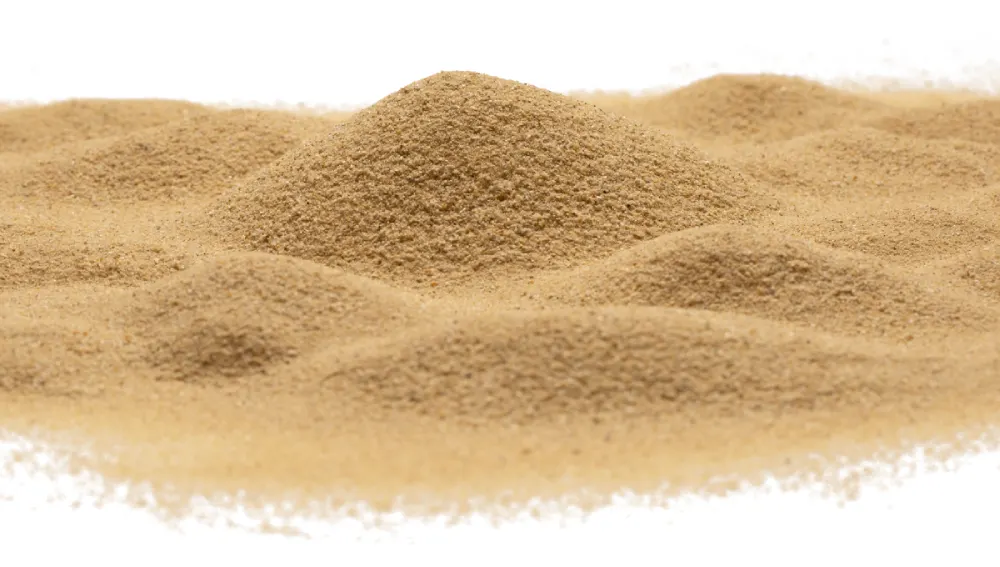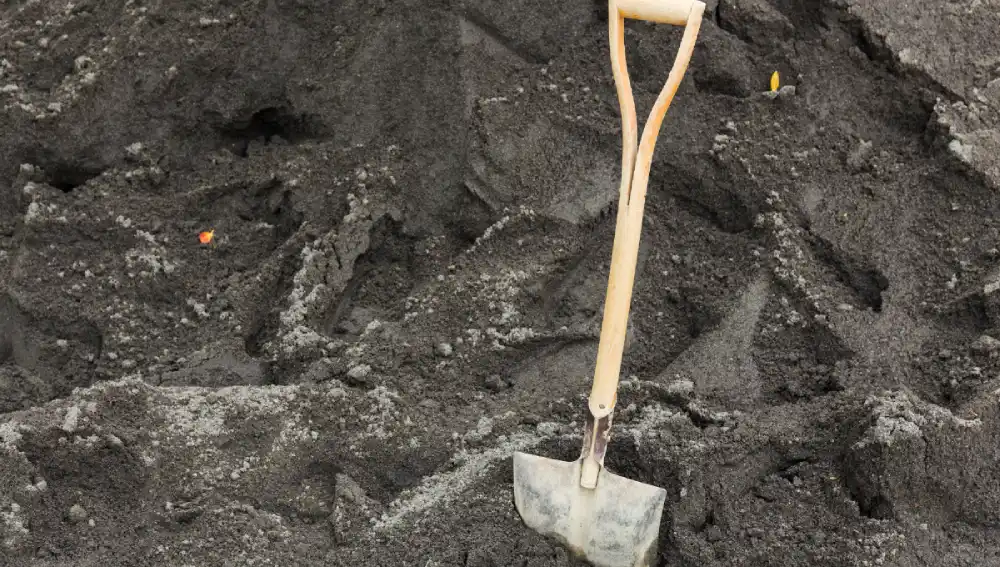When it comes to construction, the quality of materials used plays a pivotal role in determining a structure’s strength, durability, and longevity. Among these materials, sand is a crucial component that directly affects the performance of concrete and mortar. The 10 methods that are used for checking the quality of sand used in construction are given as follows
The Importance of Sand Testing
The quality of sand that is used in construction is crucial. They are vital for the strength, durability, and overall performance of the mortar and concrete.
If the sand is of poor quality it may lead to failure in structure, increase the cost of maintenance, and reduce the lifespan of a building.
By implementing a regular and complete sand testing procedure, the risks can be reduced and projects can be successful.

10 Methods To Check The Quality Of Sand
Visual Inspection
Visual inspection is the most common method that helps in assessing the sand quality. The sand can be examined with the naked eye and the detection of any impurities are detected. Some of the impurities are slay, slit, and organic materials.
Good quality sand must be clean, free from contaminants, and uniform in color and texture. A fine sand particle must not be too smooth as this may affect the bonding with cement.
Sieve Analysis
It is a basic and commonly used sand testing method. The sand will be passed through a series of standard sieves. Those sieves have various mesh sizes for the determination of particles. Proper sand grading is needed for strong and workable concrete mixes. This makes sieve analysis important for quality control.
The apparatus needed for this analysis are a Stack of test sieves, Balance (accurate to 0.01g), Rubber pestle, Sieve shaker, and Oven.
The steps involved in this process are preparing the sample, crushing lumps, sample weighting, stacking sieves, sieving, and weighing the remaining materials.
After the completion of the process, compare the initial sample weight to the total retained sample weight. If the final weight changes more than 2% then discard the samples and analysis because of potential errors. Accuracy in sieve analysis helps in obtaining reliable sand quality for construction.
Moisture Content
Moisture content is crucial when the sand is tested for construction. More moisture can weaken the concrete. Also if there is more moisture it affects the workability. The moisture content tests mainly involve the sand sample weighting before and after drying them in the oven. This helps in the determination of moisture percentage, ensuring optimal sand moisture levels for construction.
The apparatus used in this analysis are metal tray, weighing Scale, and oven. The procedures involved in the process are preparation of the sample, initial weighting, drying, final weighting, and calculation.
Formula used is
moisture content = (initial weight – final weight/initial weight)*100.
For example:
Wet sand sample weight (W) = 1200g
Oven-dried sand sample weight (Wd) = 1000g
Moisture content: (1200−1000/1200)×100 = 16.67%
From this, we can see that the sand sample is 16% moisture content by weight.
Clay and Silt Content
High levels of clay and silt content in sand can reduce the quality of the concrete and mortar. This can lead to poor strength and durability.
The presence of any fine particles can be tested using a sedimentation method. As sand is mixed with water and allowed to settle.
The apparatus used are a measuring cylinder, Water, and Balance (accurate to 0.01g).
The procedure for the analysis of clay and silt content is the preparation of samples, mixing with water, sedimentation, and measuring.
The importance of this analysis is to ensure strength and durability.

Organic Matter
Organic matter like leaves, roots, and other materials that decay can affect the concrete. It mainly affects the strength and setting. Colorimetric tests are used for detecting the presence of organic matter. This is done by mixing sand with a sodium hydroxide solution.
The materials used in this analysis are sodium hydroxide solution (3%) and a test tube or glass container.
The procedure used in this method is the preparation of sand samples, mixing the sample with sodium hydroxide solution, and observing colour changes.
Permeability Test
The permeability of sand affects the strength of concrete. It helps in checking on how the water passes through the sand. It is crucial for the construction process as well as the finished structure’s durability.
The apparatus used are the Permeability apparatus (constant or falling head), stopwatch, and graduated cylinder. The procedures used are sample preparation, filling the apparatus, allowing water flow through the sample, and measurement of the time.
Specific Gravity
The ratio of sand density and water density is called specific gravity. It is an important factor that influences the volume and weight of sand. By measuring the specific gravity, you can get a correct proportion of mixed designs.
The apparatus used in this measurement are Pycnometer, Balance (accurate to 0.01g), and Water. The method followed here is the preparation of sand samples, filling the pycnometer, weighing, and calculating.
Specific gravity = (M2-M1)/(M4-M1)(M3-M2)
here,
M1 = Weight of empty pycnometer
M2 = Weight of pycnometer with sand
M3 = Weight of pycnometer with sand and water
M4= Weight of pycnometer filled with water only
Chemical Analysis
The analysis of chemicals can help in the detection of harmful substances like sulphates, chlorides, and alkalis. This can affect the concrete durability. This test mainly involves the sand sample collection and analysis them
Apparatus materials used here are Laboratory equipment for chemical analysis and reagents for testing chlorides, sulphates, and alkalis.
The procedure is collecting sand samples and testing them according to laboratory standards.
Testing Frequency
Regular testing of sand is crucial to maintain quality control on construction sites. The frequency of testing depends on the volume of sand used and the criticality of the construction project. Establishing a testing schedule helps ensure consistency and quality throughout the project.
The procedures that must be followed here are initial testing, routine testing, and documentation.
Conclusion
Testing the sand is a crucial part of maintaining the strength, durability, and quality of the construction. Knowing the type of sand used in construction By using various methods of analysis as provided above, construction professionals can maintain high standards and reduce the potential risks in structure.
FAQs
Visual inspections for impurities like clay, silt, and organic materials.
Accurate sieve analysis provides a reliable sand quality for construction purposes.
Organic matter in sand weakens concrete by reducing its strength, delaying setting time, causing surface stains, and increasing the risk of cracking, leading to reduced durability.

